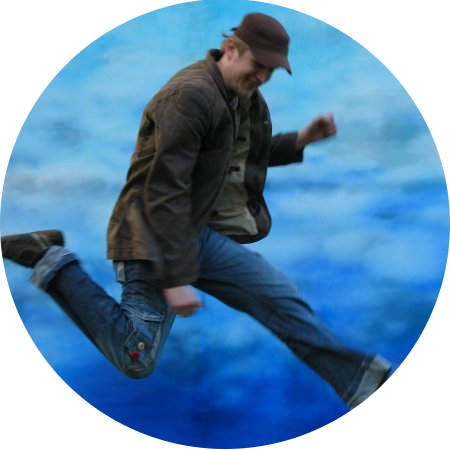This post first appeared on the 1st things 1st blog.
The meaning of life is personal. There is no global meaning that works the same for everybody. Everybody has their definition, and either recognize it, or believe that it is something to achieve, or still seek it.
I would put the meanings of life for different people into these categories:
- What I have
- What I am
- What I do
Every person aligns with one or more of those categories.
What I have
People from this category ask questions like these: Do I have a diploma? Do I have an Instagram account? Do I have a family? Do I have enough experience points on my CV? Do I have a house? Do I have a car? Do I have enough money for whatever I decide to get?
What I am
People from this category ask questions like these: Am I a University graduate? Am I an expert in my field? Am I a loving husband, wife, father, mother, sister, brother? Am I a social-media influencer? Am I a good person? Am I the right person? Am I handsome, beautiful, stylish, cool, experienced? Am I rich and famous?
What I do
People from this category ask questions like these: Do I do at work what I love? Do I travel as much as I want? Do I care about others? Do I live a fulfilling family life? Do I have in-depth conversations with friends? Do I go out enough? Do I enjoy nature, arts, or parties every weekend? Do I get enough income for what I need and like doing?
My attitude
At this point in my life, I believe that not having, and not being, but action gives the most pleasure, happiness, and fulfillment. To do something that I like and find meaningful or at least fun is something that drives me to get up and enjoy another day again and again. Of course, there will be hard days now and then. But at those moments, I can stop, look at what I have, and think what I became. I should express gratitude to the universe for letting me be where I am. And the next day I go forward again.
Using 1st things 1st to clarify your priorities
But how should we decide where we should draw the most of our thoughtfulness and care? Do we live a meaningful life already, or do we still lack something?
The strategic prioritizer 1st things 1st can help you sort out what you do or should do, and what you have or would like to have by your values so that you could align your decisions and become a better version of yourself by your definition.
Subscribe to the RSS feed or the newsletter to find more information about the strategic prioritizer and get notified about other posts in this blog.
Cover photo by Daniel Kuruvilla.


